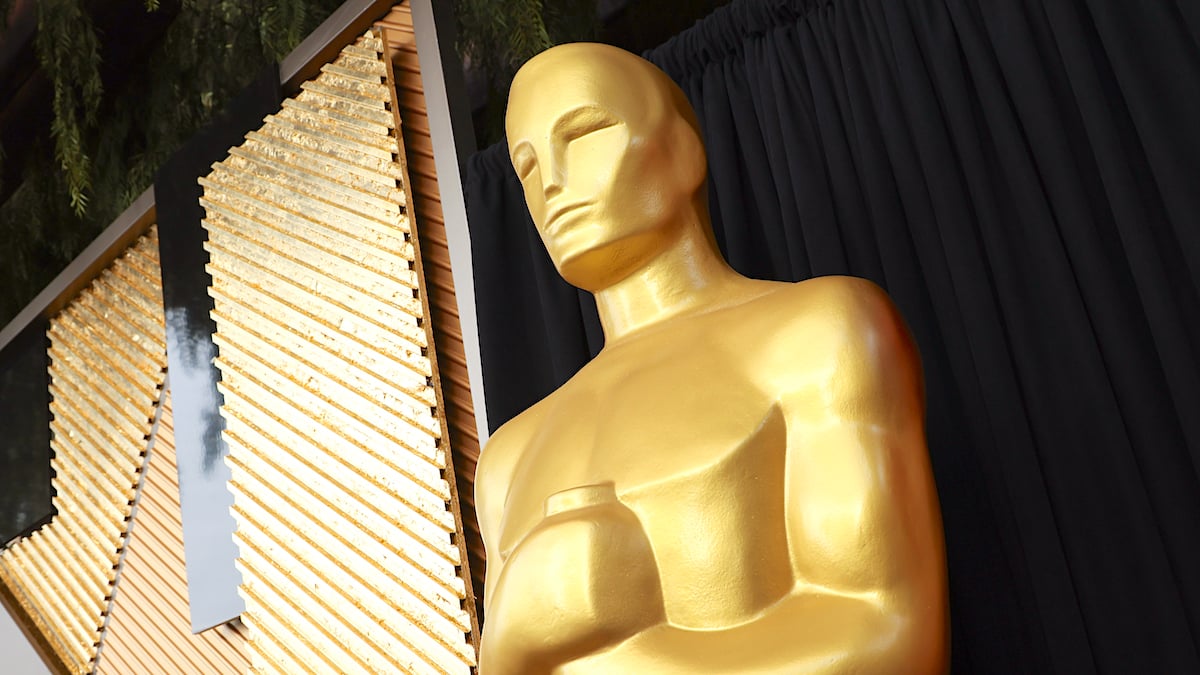Compared to last year, it’s safe to say the 2023 Oscars was a relatively uncontroversial ceremony. While there were a few bits of manufactured drama haunting the event, generally speaking, the 95th Academy Awards saw a night of fun and excitement, as well as a lot of heartening moments and some excellent outfits.
However, one thing that did get a bit of attention was the fact that many of the stars on the red carpet, including Cate Blanchett, Jamie Lee-Curtis, and Bill Nighy, were sporting blue ribbons. There’s a long history of celebs using accessories to promote causes, from Oscar Wilde’s green carnations to Queen Elizabeth II wearing EU-themed broaches in the months after Brexit, so it should be no surprise to learn the blue ribbon falls into that category. If you tuned into the festivities and were wondering why some stars were wearing blue ribbons at the 2023 Oscars ceremony, then you’ll be pleased to know we have an answer!
If you spotted a close-up of the ribbons, you would have seen they were stamped with a hashtag: #WithRefugees. The initiative of wearing them, spearheaded by Blanchett, was in order to raise awareness of the ongoing global refugee crisis, which has seen tens of millions of people, many under the age of 18, displaced from their homes in 2022 alone. While the crisis has its roots in many factors, from Western warmongering to global capital preferring to let despots rule as long as they are allowed to continue extracting natural resources for profit, you can be certain it’s affected millions and will continue to do so.
Many celebrities who did wear the ribbon were keen to make it known that Blanchett had been the driving force behind their decision. This isn’t the legendary actress’s first bit of pro-refugee activism, and we get the feeling it won’t be her last, either. But why is she such a champion for raising awareness about the refugee crisis? And will all this blue ribbon-wearing actually do anything to help?
What is the refugee crisis?
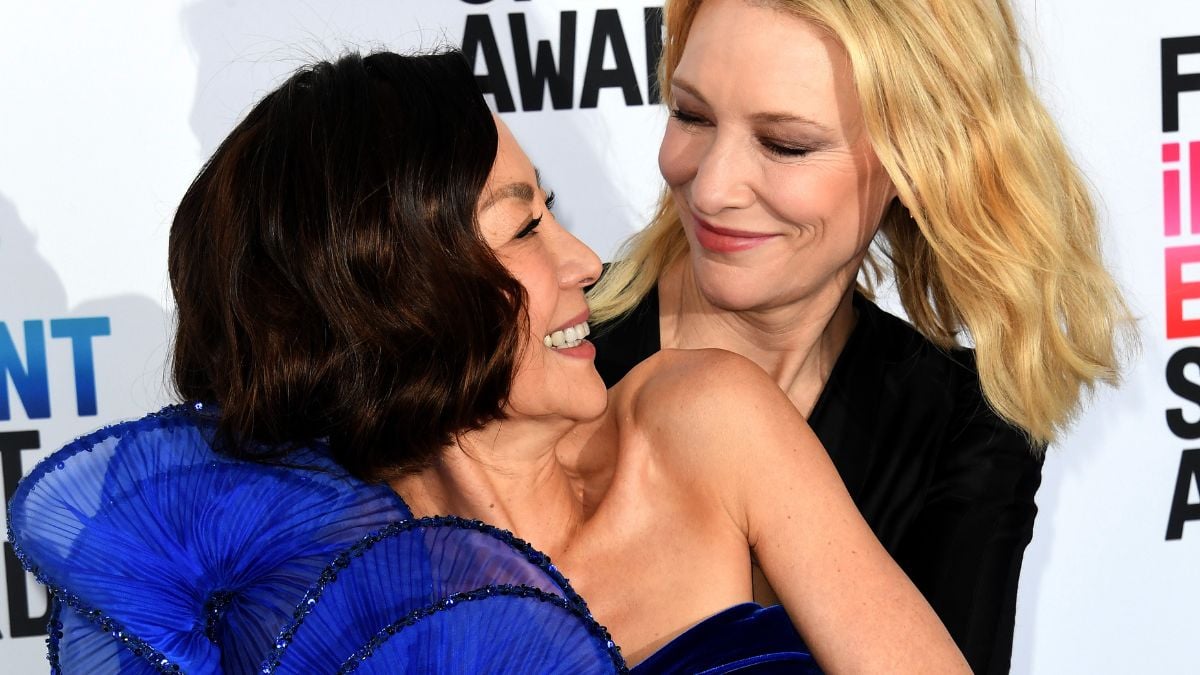
The refugee crisis is the name given to the fact that tens of millions of people have been displaced from their homes in 2022 alone. This has also led to the creation of a number of stateless people, who then have a lack of access to basic necessities like shelter and healthcare. It’s driven by numerous factors, including war, famine, and the abundance of oppressive regimes like the governments of Eritrea and Burundi. Organizations have estimated that one in every 88 people on Earth has been displaced, a shocking number at the best of times, let alone when we have billionaires going into space on a whim.
The war in Ukraine has led to many people being displaced, but the fact is that those who’ve had to leave thanks to Russia’s aggression make up a tiny proportion of people suffering globally, even though they receive an outsized proportion of media attention. When you look at the numbers, you can see that war-ravaged countries like Syria, Yemen, and Afghanistan are the primary drivers of this issue. Additionally, various Central American countries are also suffering, with residents often being targeted for either political reasons, or getting caught up in gang warfare, meaning they risk being killed if they stay in their homes.
Contrary to what many western governments say, especially in Europe, the vast majority of those displaced stay very close to their homes, usually remaining in the same country or heading just over the border to a neighbor. In fact, no western country is in the top five nations in terms of the number of refugees accepted, with only Germany making the top ten (and their numbers are driven mostly by Ukrainian refugees). Sadly, policymakers in more developed countries, especially those in right-wing parties, know that they can lie with impunity about the number of refugees attempting to claim asylum in their country. They often then use the resulting wave of xenophobia to distract from unpopular and often badly designed domestic policies that are the real reason behind plummeting living standards.
Even the U.S., which many claim is in the midst of a border crisis, barely accepts the refugees that in part are created by their domestic drug policies. The vast majority of those from Central America who are fleeing gangs or oppressive regimes head to Colombia instead of north to America, although many would have you believe otherwise.
Who created the blue ribbon initiative?
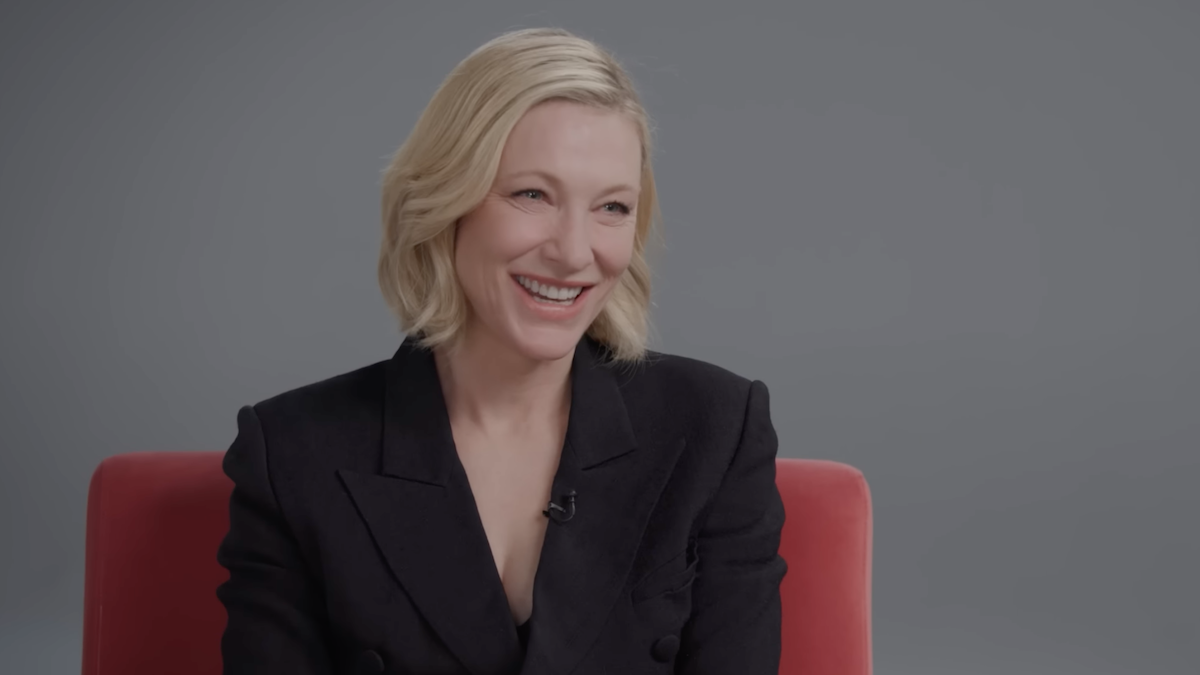
The blue ribbon initiative, paired with the hashtag #WithRefugees, was created by the UN Refugee Agency’s (UNHCR) Coalition. The UNHCR has been around since the ’50s when it was formed to help Europeans displaced by the war. Since then, the UNHCR has won two Nobel prizes for its activities, and currently has thousands of members working toward a world where fewer people are displaced.
The blue ribbon initiative is one of many the UNHCR has run in recent years and already seems to be getting some of the most positive press. In a release before the ceremony, the UNHCR stated:
“The wearing of the blue #WithRefugees ribbon on the red carpet sends a powerful visual message that everyone has the right to seek safety – whoever, wherever, whenever they are.”
Blanchett and many others clearly agree.
Where did the ribbons come from?
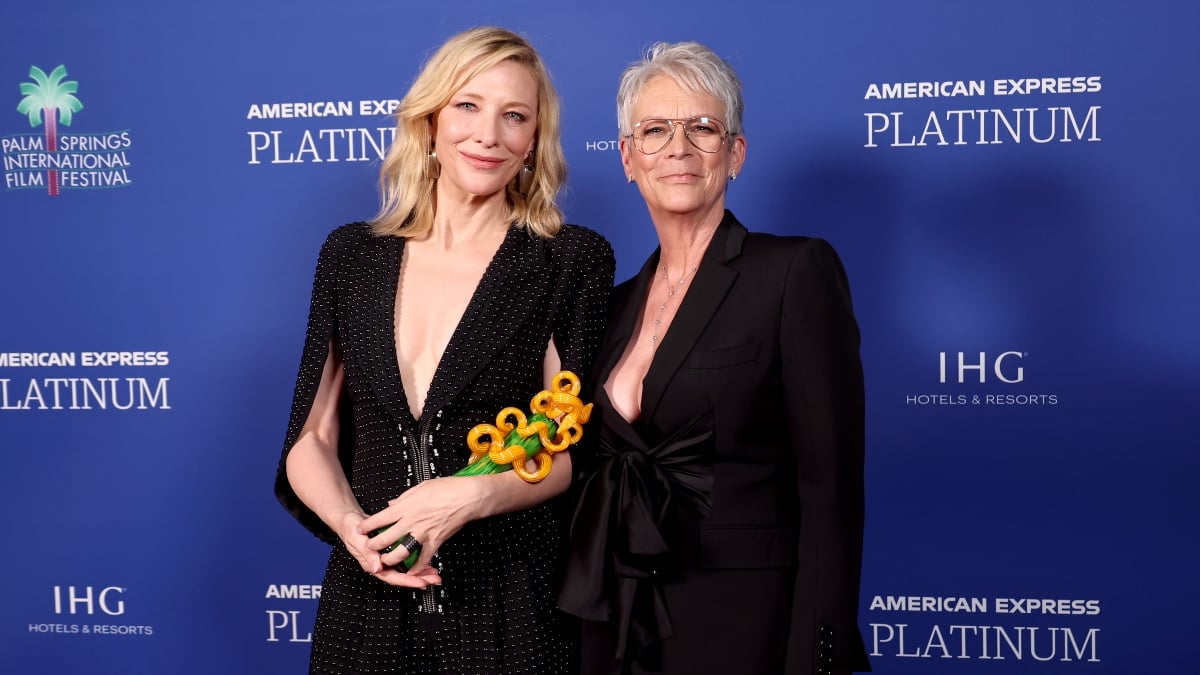
Knotty Tie Co, a Denver-based company that provides refugees with job opportunities, educational assistance, and training, was the source of the ribbons. Refugees working at the company were the ones who actually made them, in honor of the UNHCR campaign. The simple design and striking shade of blue make it the perfect accompaniment to any red carpet outfit, although some like Blanchett made sure their dress matched up with the accessory, too. For now, the ribbons aren’t available to the general public.
Will this do anything to help refugees?
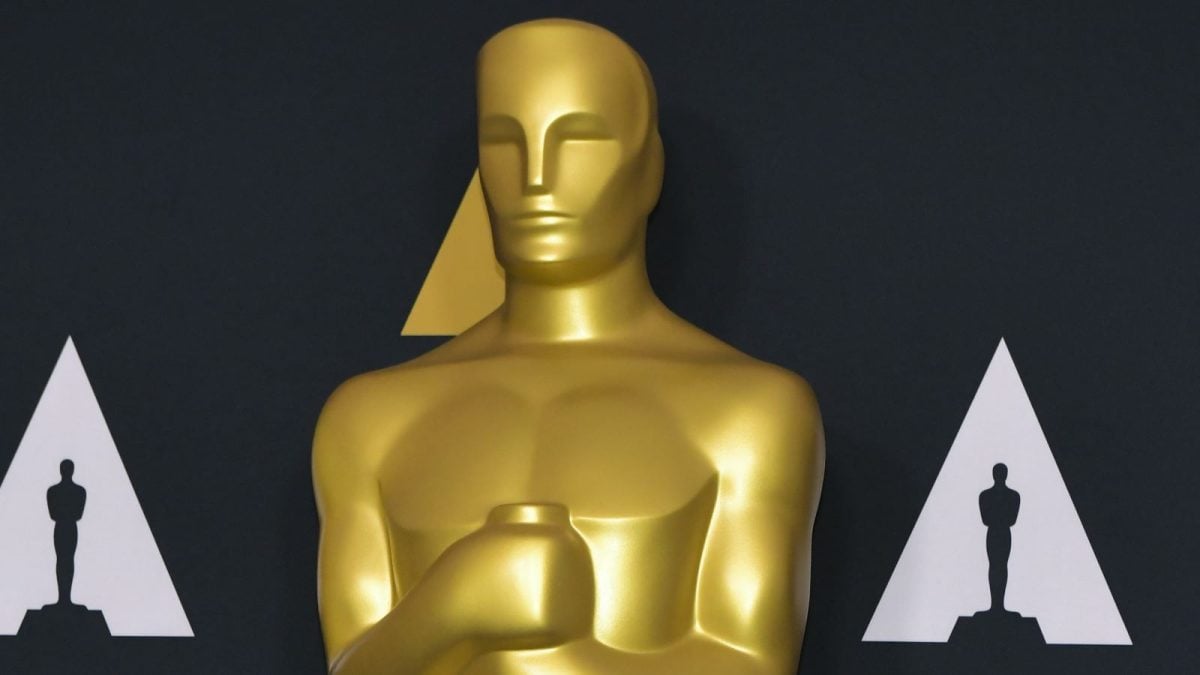
Some cynics, and many of those who are deeply involved in activism, believe this kind of display by celebrities is more about virtue signaling than actually doing anything to help refugees. Of course, raising awareness is all well and good, but it’s hard to argue it’s as impactful as donating time, money, or organizing for political action to help refugees. After all, policies can change things, but no amount of awareness can do anything if unaccompanied by further action.
With that said, the Oscars (and at a few other ceremonies this award season, where Blanchett, Colin Farrell, Daryl McCormack, Paul Mescal, Bill Nighy, Angela Bassett, and others have been spotted sporting the ribbon) are seen by millions, and if that leads to viewers searching for articles like this and learning about the crisis, then it’s a bit unfair to malign the initiative as nothing but virtue signaling. Plus, we have no idea how much time and money celebrities may be donating to causes like this, which means they could be both raising awareness and taking more direct action to help. Then there’s the fact that many western governments see the promotion of refugee causes to be worthy of censoring, as typified this weekend in the U.K. with the termination and reinstatement of a television presenter for criticizing government refugee policy. So, perhaps wearing the ribbon is a little braver than some cynics might think.
In a statement to the press prior to the awards, Blanchett said:
“Whenever I have met refugees – in places such as Lebanon, Jordan or Bangladesh, in the UK, or back home in Australia – what has struck me has not been their ‘otherness’ but how many things we share in common.”
In this sense, the initiative could do a lot to combat the fake news many right-wing politicians and press organizations pump out about refugees, which in turn will help those pushing for fairer laws (or even for current international law to be enforced) to achieve their aims.

